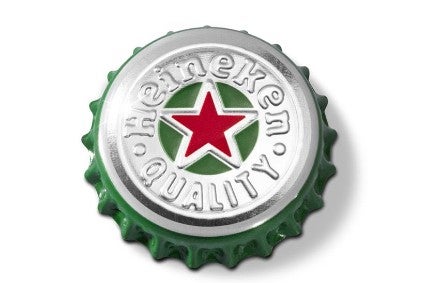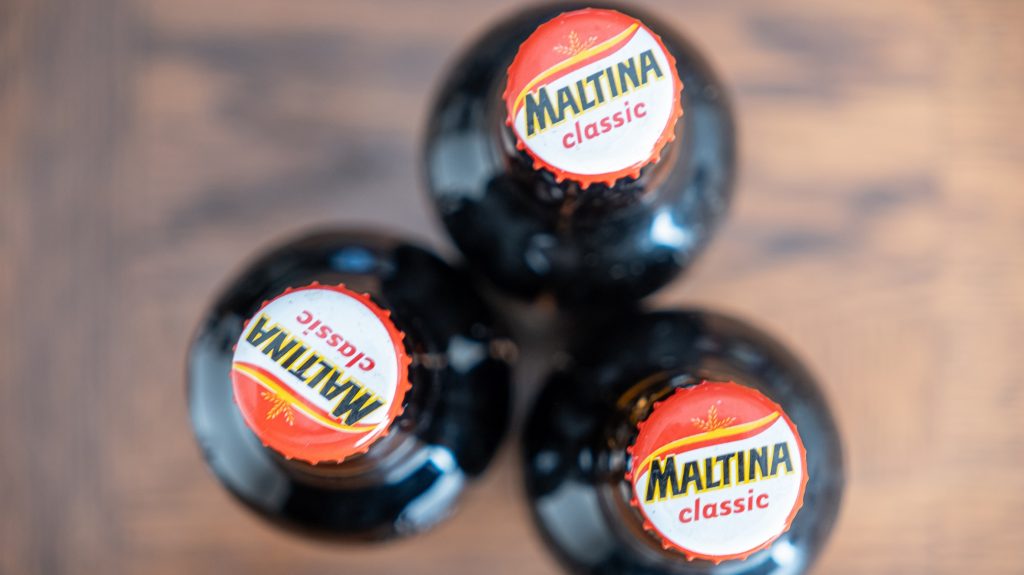
Earlier this week, just-drinks analysed Heineken’s performance trends over the last five years. In this excerpt from the report, we consider what’s currently top of inbox for CEO Dolf van den Brink.
Rightsizing the business – In April 2020, Heineken pledged not to lay off any staff for the rest of the year. It was a laudable move at a difficult time, but the effect was to postpone the inevitable and make the cost savings and job cuts announced last month all the more savage. The hope is that operating profit margin can recover from a limp 12.3% in 2020 to 17% by 2023 – and that no further cuts will be needed to achieve that goal.
Rightsizing the brand roster – When multi-nationals acquire businesses, they often end up with a long tail of local brands that become neglected. The COVID crisis has made Heineken look at this issue, and the effect will be a weeding out of low-priority products that have been sucking up resources that could be better used elsewhere.
Stretch beer/beyond beer – Seltzer is only part of the story here. Should we read anything into the Heineken family’s mid-2020 stake purchase in mixer producer Double Dutch? What does the group’s stated intention of “stretching” beer mean anyway? Perhaps, it’s bringing fresh thinking into the category to create products like Tecate Alta, a low-calorie beer in a slimline can that borrows many of its cues from hard seltzer.
Making China work – It’s too early to assess the success of Heineken’s tie-up with China Resources Beer – the deal was only finalised in late-2019, not long before the pandemic hit. A recent report from analysts at Bernstein suggests there are problems, but came shortly after the company announced a double-digit sales rise for Heineken in China during the third quarter of 2020. Let’s see how 2021 plays out.
Signs of trouble as Heineken faces China distribution gap – comment
How well do you really know your competitors?
Access the most comprehensive Company Profiles on the market, powered by GlobalData. Save hours of research. Gain competitive edge.

Thank you!
Your download email will arrive shortly
Not ready to buy yet? Download a free sample
We are confident about the unique quality of our Company Profiles. However, we want you to make the most beneficial decision for your business, so we offer a free sample that you can download by submitting the below form
By GlobalDataIt has been almost 15 years since I managed a bar in Chengdu, one of China’s biggest second-tier cities, but I still remember the early afternoon opening ritual; shutters up, music on and a quick restock of the fridge before customers arrived.
I would also manhandle the big Heineken sign we had from the back of the store cupboard out on to the street – a rigorous undertaking in Chengdu’s sweat-box climate. But as I huffed and heaved, there was always the faint tug of a cognitive disconnect in the back of my brain. Something wasn’t quite right. The sign sat out front every night, partially illuminating the bar – and the bicycle repair store next door – in Heineken’s trademark green. The problem was, we didn’t sell any Heineken.
Sidling up to Molson Coors? – It’s the deal that’s been talked about for years, but it still hasn’t happened. As the impact of the pandemic begins to settle, the time could at last be ripe for the two companies with a history of working together to finally merge. Such a move would give Heineken the scale it craves in the US to face up to Anheuser-Busch InBev.
Heineken Performance Trends 2016-20 – results data





